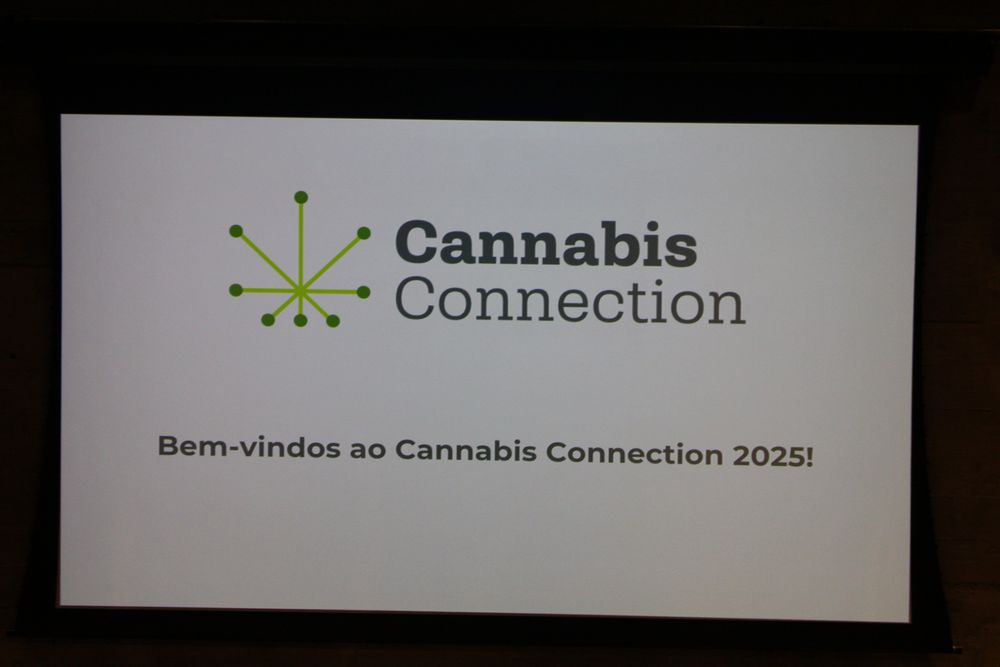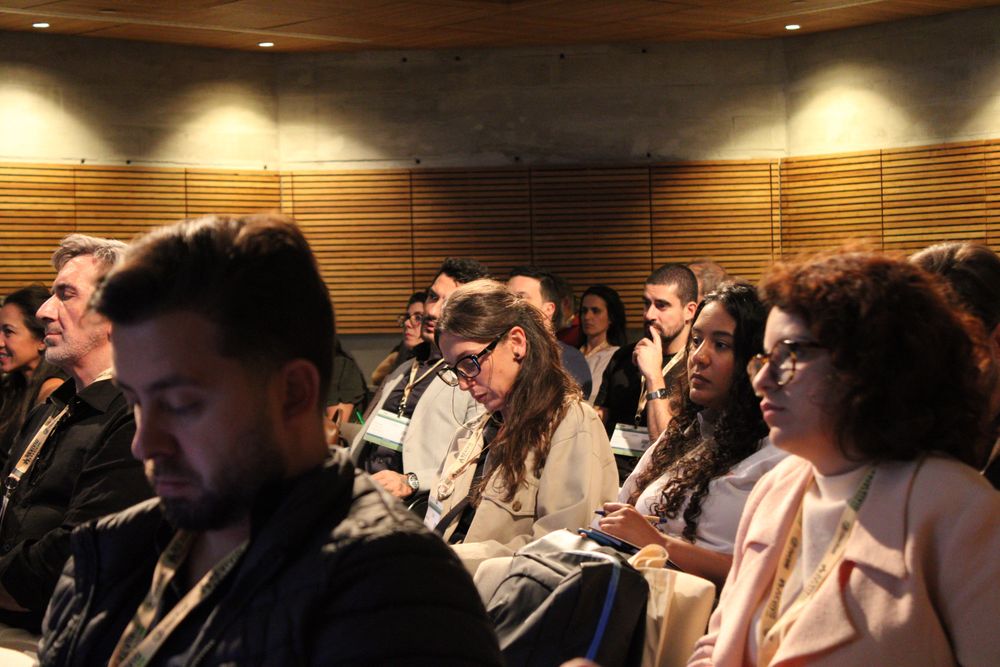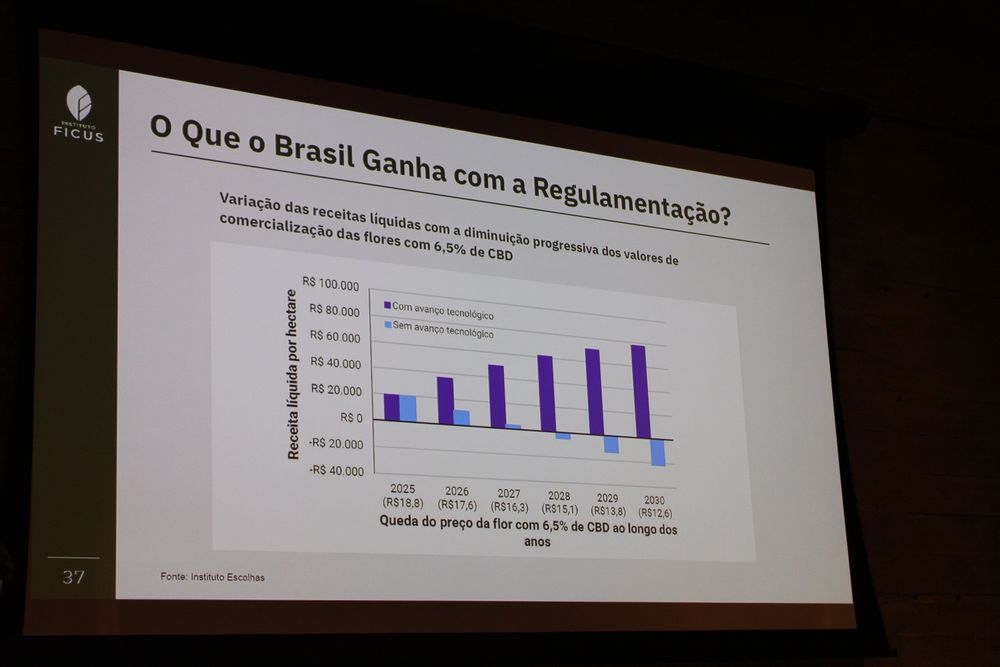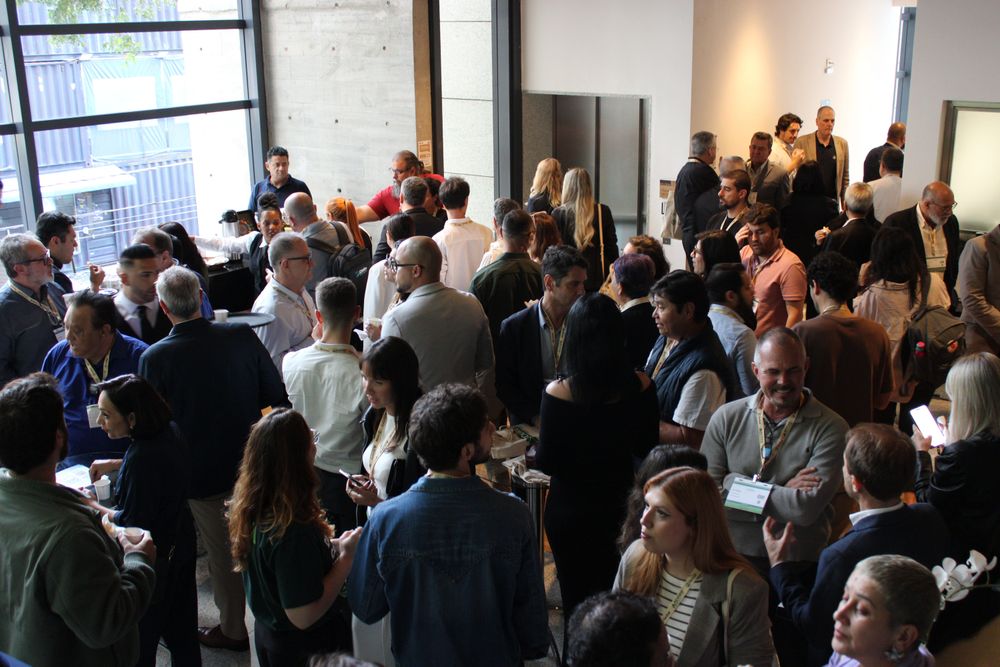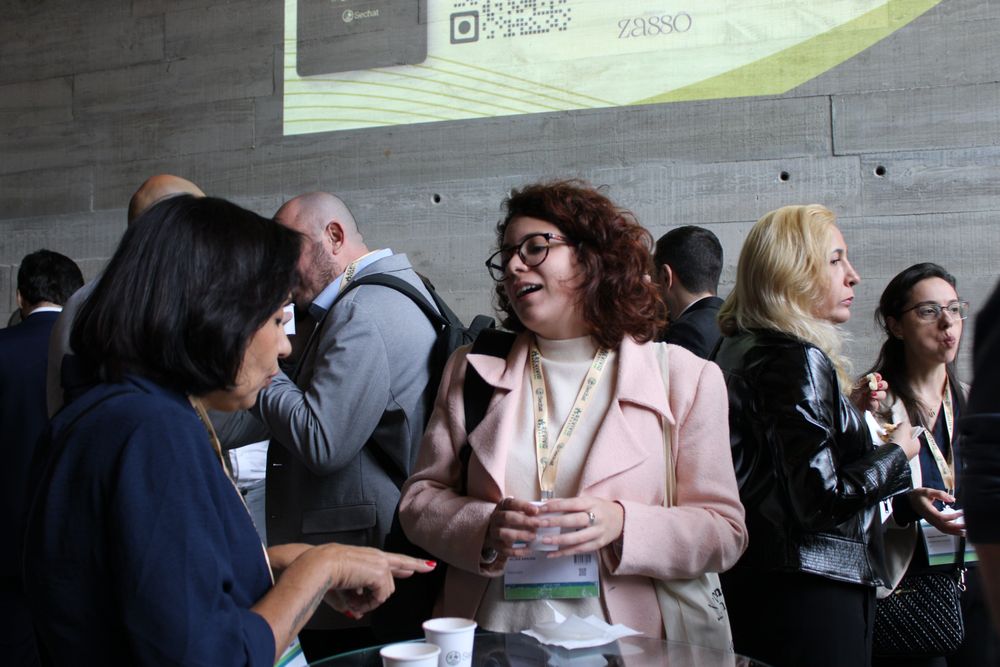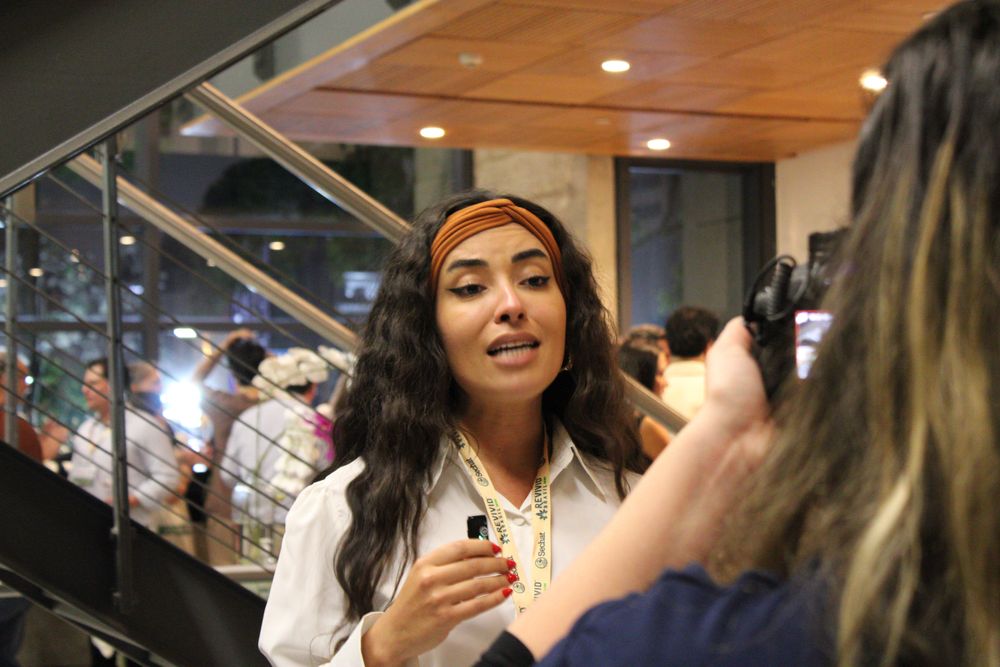Advancements, challenges, and opportunities of cannabis in Brazil highlight Cannabis Connection 2025
Event in São Paulo brings together regulators and experts to discuss regulation, cultivation, and the market landscape of the sector
Published on 11/07/2025
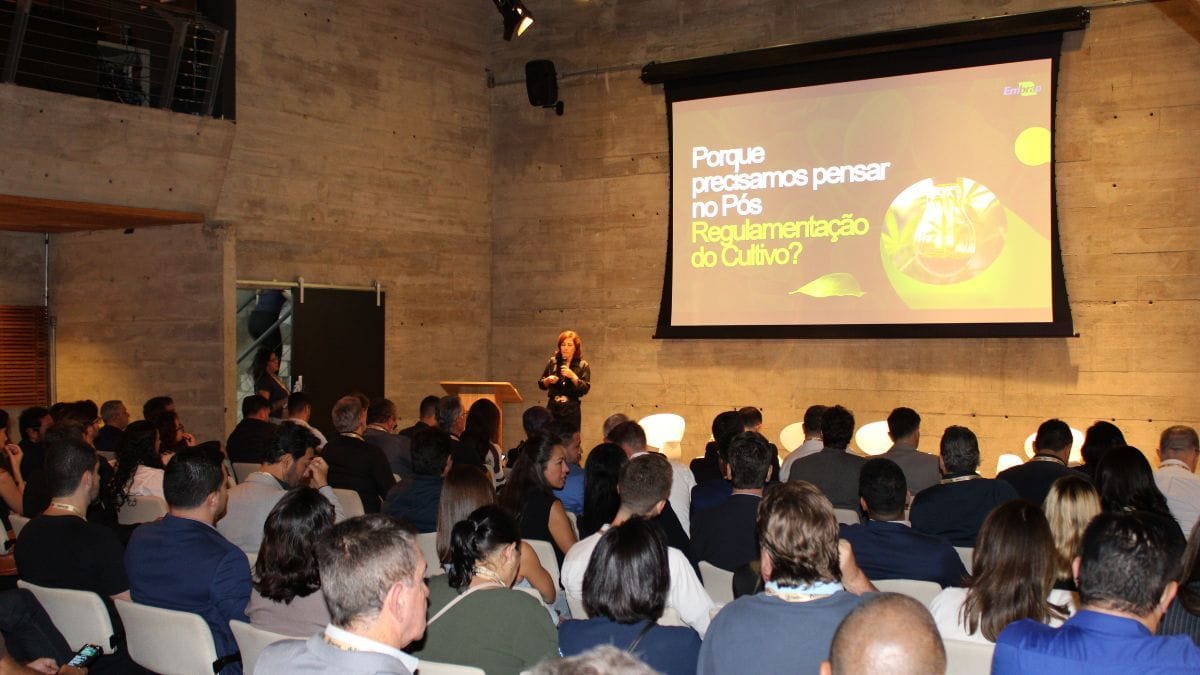
With the theme "The New Scenario of Cannabis and Hemp in Brazil: Advancements, Challenges, and Opportunities", the event gathered regulators, researchers, and analysts to discuss the future of the sector. Image: Bruno Vargas - Sechat
The cannabis industry in Brazil and Latin America had its main meeting point this Thursday (6) in São Paulo, during Cannabis Connection 2025.
With the theme "The New Scenario of Cannabis and Hemp in Brazil: Advancements, Challenges, and Opportunities", the event gathered regulators, researchers, and analysts to discuss the future of the sector.
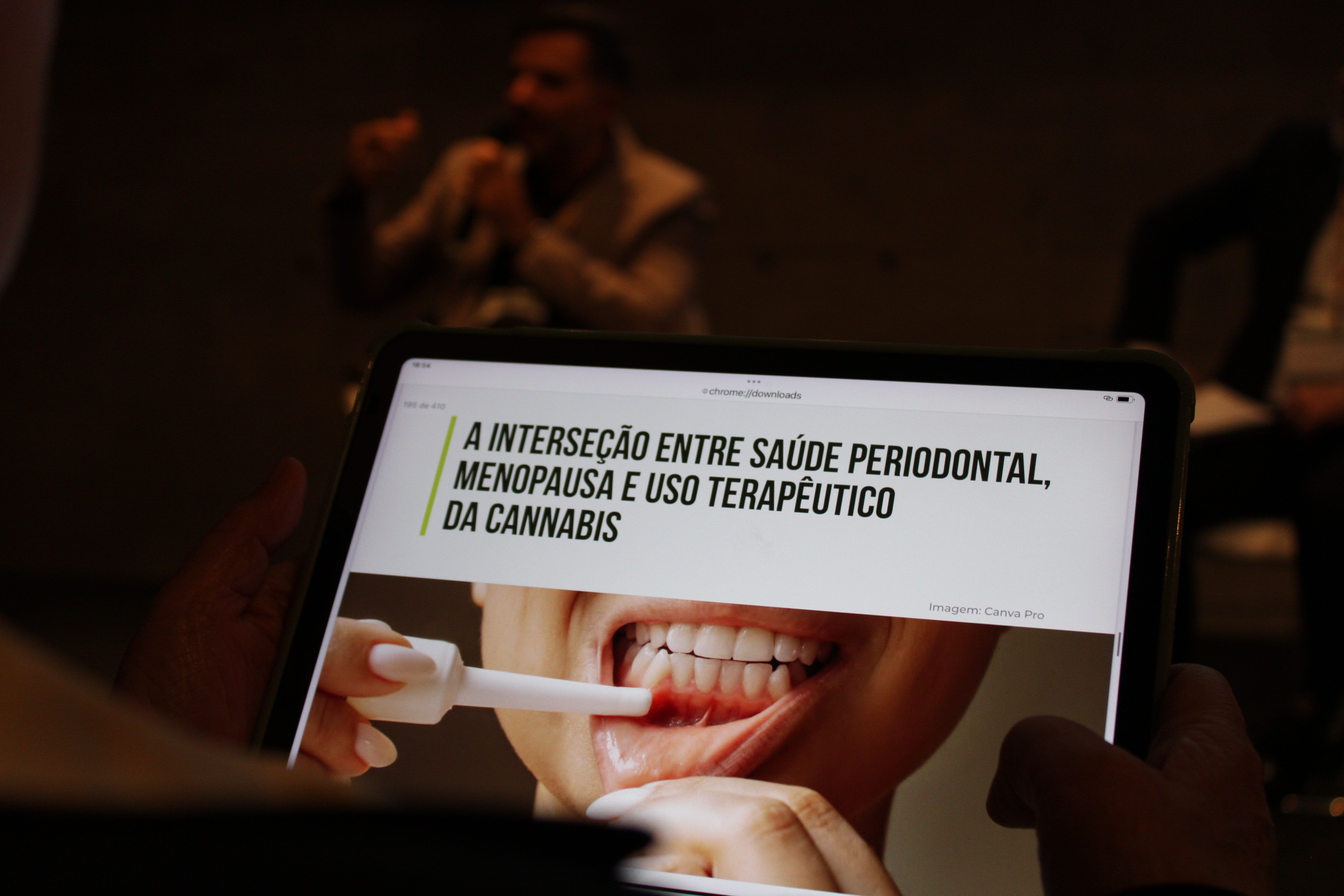
In addition to intense networking, the event marked the launch of the 5th Sechat Cannabis Guide 2025. The free e-book offers a complete overview of the history, trends, and challenges of the sector, and is available for download on the Sechat Portal.
Anvisa details regulatory review for cannabis in Brazil
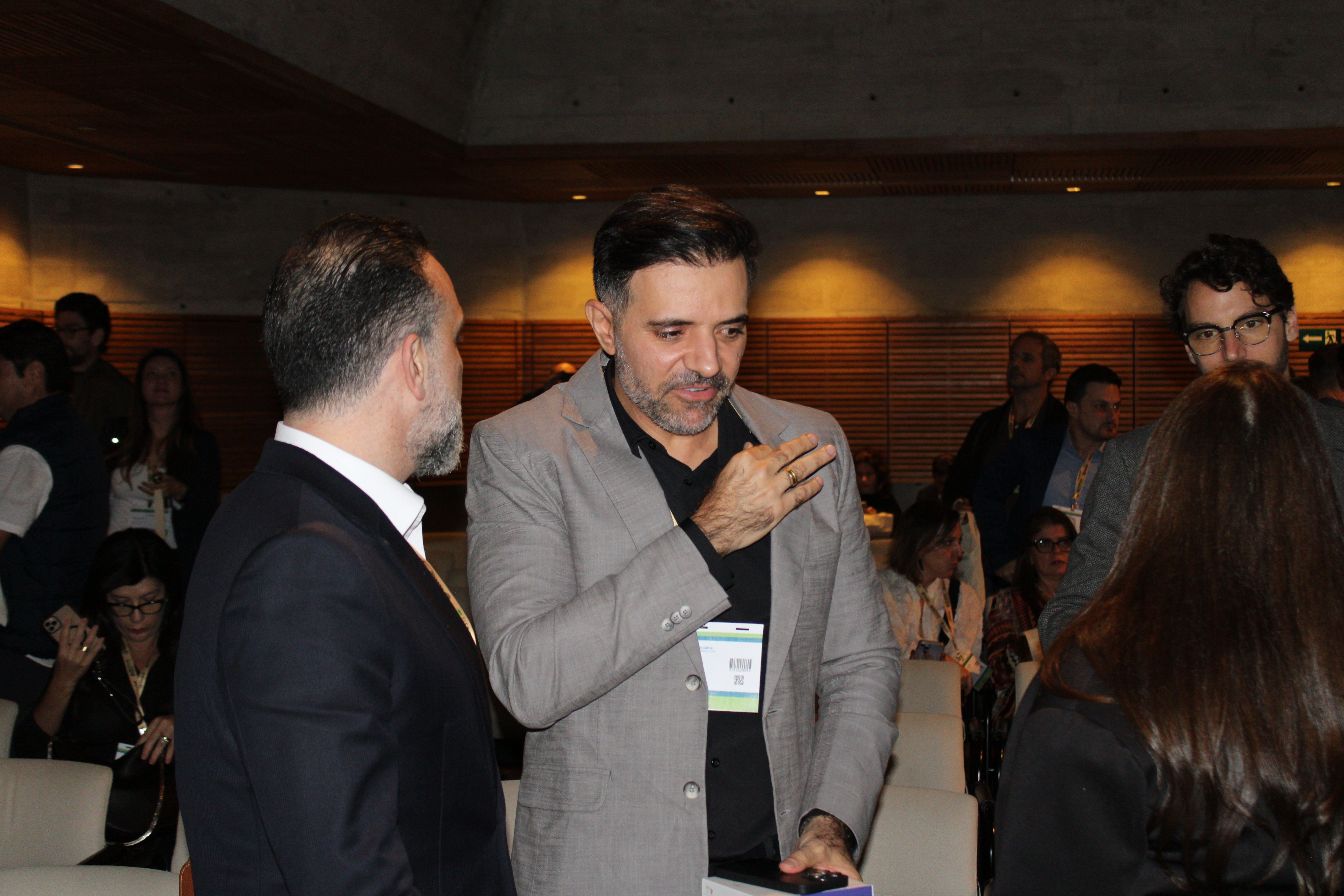
One of the most anticipated moments was the panel "Advancements Towards the Regulation of Medicinal Cannabis in Brazil". In it, João Paulo Silvério Perfeito, Manager of the Specific Medicines Management (GMESP) at Anvisa, detailed the status of products in the country and the progress of the regulatory review.
Perfeito highlighted the results of RDC 327: "It has already enabled the authorization of more than 50 products. Today, we have 44 products with valid sanitary authorization. Of these products, we currently have 29 based on cannabidiol and 15 on plant extracts," he added.
Regarding the review of RDC 327, which underwent public consultation, the Anvisa manager provided updates. "We received, then, 1476 contributions, all analyzed by the team. We have drafted a minute proposal, which is now under preliminary discussion with the rapporteur". According to him, the expectation is for approval still in the year 2025.
The panel also featured the participation of Leonardo Sobral Navarro, from the Cannabis Law Committee of OAB, and was mediated by Dr. Pedro Pierro, scientific director of Sechat.
The challenges of cannabis cultivation in Brazil

In the panel "Cannabis in Brazil: Challenges and Perspectives of Post-Regulation Cultivation", Ana Paula Porfírio, Chief of the social participation and diversity advisory at the Ministry of Agriculture and Livestock (MAPA), reiterated the ministry's favorable position for both medicinal and industrial use.
Porfírio also clarified MAPA's role in the regulatory process: "We were asked to make two statements, about seeds and seedlings. These statements were made. MAPA did its part, yes".
Regarding the regulation of the veterinary market, the MAPA representative indicated having a document ready, which has not yet been signed due to scheduling issues.
Looking at associations, Ana Paula also announced a partnership with the Brazilian Agricultural Research Corporation (Embrapa): "Our mission is not to leave the associations unassisted. Embrapa will support the associations".
In the same panel, Beatriz Marti Emygdio, Researcher at Embrapa, addressed the challenges for the sustainability of the production chain. She pointed out waste management as a global bottleneck: "For every 10 kilograms of cannabis flowers processed, we have 14 kilograms of post-extraction waste".

"This material is currently incinerated and is extremely rich material that could be used for development, for example, of bioinputs," she explained.
According to Emygdio, the barrier is regulatory: "Very few legislations in the world allow this. Usually, the regulation of medicinal use is separate from the regulation for industrial purposes".
Among other challenges for the country, she listed professionalization, quality control, scalability, and investment in science. Beatriz highlighted, however, the foundation that Brazil already has to move forward. "We need to align these challenges with scientific and technological development so that we can have autonomy regarding the technologies we will use for the basis of these national production chains".
Growth and stabilization of cannabis in Brazil
The event also presented a detailed overview of the market, with data from Close-Up International and Kaya Mind.
Filipe Campos, from Close-Up International, showed that the number of prescribing doctors is growing, and they are more engaged. "The doctors who prescribe go from 6.2 to 6.7 [prescriptions per doctor], a growth of 9.2%".
Neurologists (28%) and psychiatrists (12.3%) lead the prescriptions, but in absolute numbers, general practitioners are the majority, with almost 12,000 prescribing doctors.
Looking at the total number of doctors, Campos sees a great potential for expansion: "I have a total universe here of 461,000 doctors who have already prescribed anticonvulsants. Remembering that I have 60,000 doctors prescribing cannabidiol. That is, there is a huge universe here".
Lucas Goulart and Carol Bilatto, from Kaya Mind, focused on import data via RDC 660. "This year we have the data closed until September. And Kaya's projection is that we will end the year between 180 and 185 thousand patients, through this route," said Goulart.
The total number of patients with valid authorizations in the last two years exceeds 320,000. The data show an impressive reach: 86% of municipalities in Brazil have already had at least one prescription. Although the market has 450 active companies, it is concentrated: about 30 companies dominate 80% of imports.

